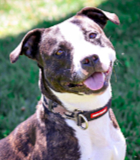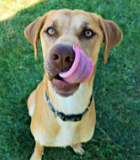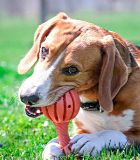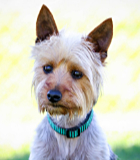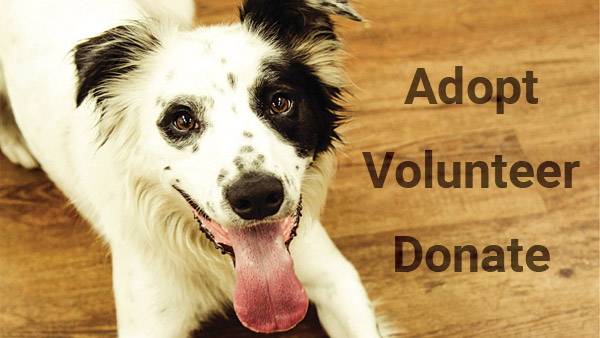Lick Granuloma
- This topic has 0 replies, 1 voice, and was last updated 14 years, 2 months ago by
Mackenzie’s Admin.
-
AuthorPosts
-
February 10, 2010 at 4:52 pm #483
Mackenzie’s Admin
MemberLick Granuloma
Authored by: Becky Lundgren, DVMLick granuloma (acral lick granuloma, acral lick dermatitis) is a common, stubborn skin disease that is directly caused by the dog licking an area of the body, usually the lower leg. Lick granulomas may be mistaken for neoplasms and foreign body granulomas.
Causes include:
• Atopy (atopic dermatitis)
• Boredom
• Flea bite sensitivity
• Food allergy
• Hypersensitivity
• Neoplasia
• Emotional/behavioral problems
• Staphylococcal furunculosis
• Wounds
• DiagnosisBoth males and females can have lick granulomas, but males have a higher incidence. Any age dog can be affected, but mature or old dogs are more commonly affected. Breeds commonly affected include (but are not limited to): Doberman pinscher. German shepherd, German short haired pointer, Golden retriever, Great Dane, Irish setter, Labrador retriever, and Pointer.
Signs include hair discoloration, hair loss, skin sores, hyperplasia (an abnormal increase in the number of normal cells), fibrosis (formation of fibrous skin and tissue similar to gristle), lameness caused by the mass, and growth of the underlying bone. The lesions are usually solitary, but they can occur on more than one limb at the same time. The areas most frequently affected are the front and sides of the lower legs. In rare cases, lick granulomas can occur in the flank or at the base of the tail.
Diagnosis
During a physical examination, the veterinarian will see a thick dermal plaque that does not have hair and is inflamed on an extremity that the dog is constantly licking. A confirmatory biopsy may be taken by the veterinarian.Treatment
Treatments include:
1. Treating the inciting cause
2. Identifying and correcting the psychogenic causes by increasing the amount of human contact, changing kenneling habits, providing other animal companionship, distracting with chew toys, etc.
3. Medical treatment options (including sedatives/tranquilizers, endorphin blockers, corticosteroids, antidepressants, and pentoxifylline).
4. Surgical removal of the lesion
5. Radiation therapy
6. Bandaging
7. Applying bad-tasting substances to the granulomaNOTE: No treatment is uniformly successful. This disease is hard to control or cure. Many different methods may need to be tried when attempting to control this problem.
Date Published: 9/23/2003 4:55:00 PM
Date Reviewed/Revised: 12/30/2008 -
AuthorPosts
- You must be logged in to reply to this topic.





